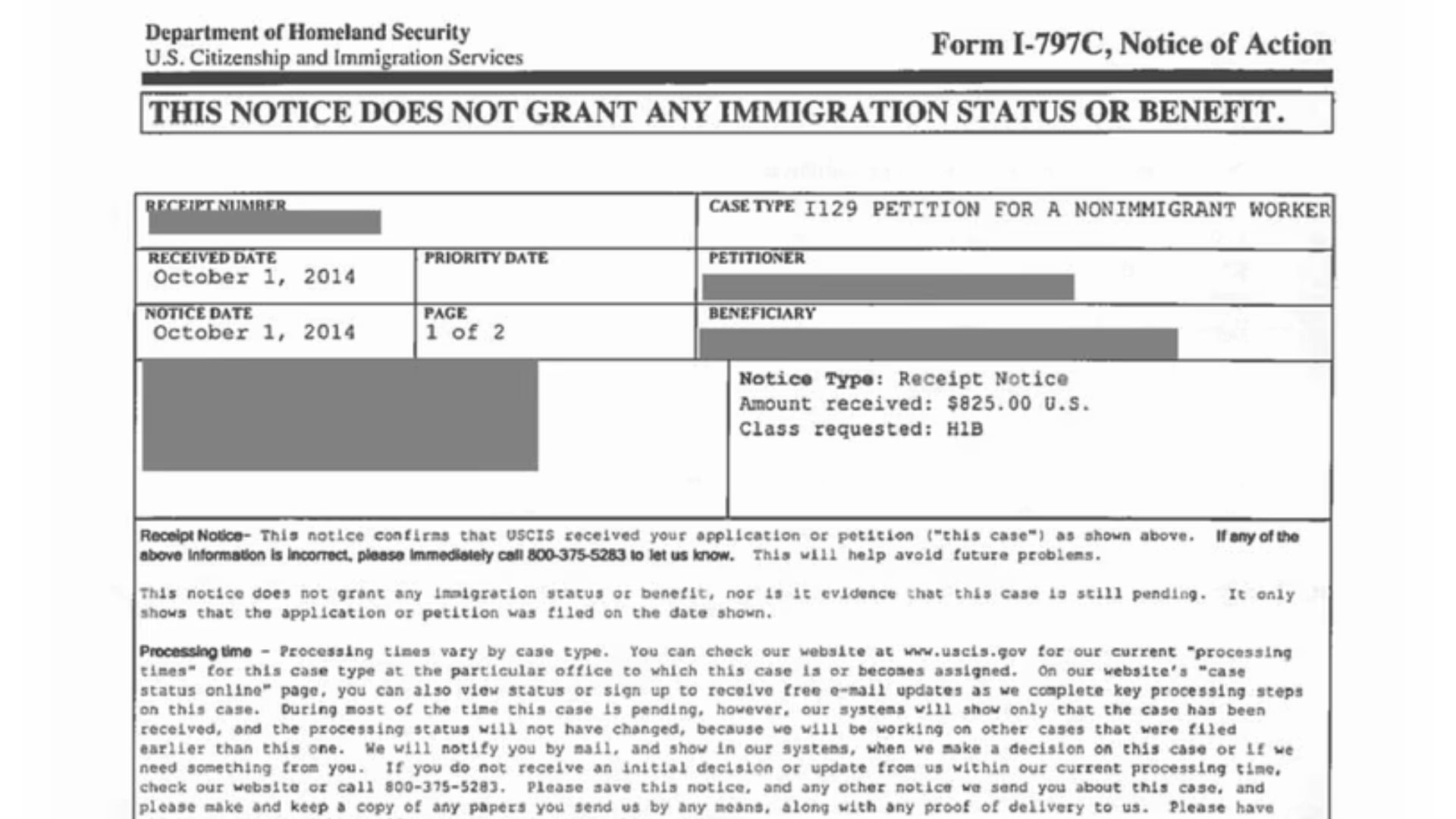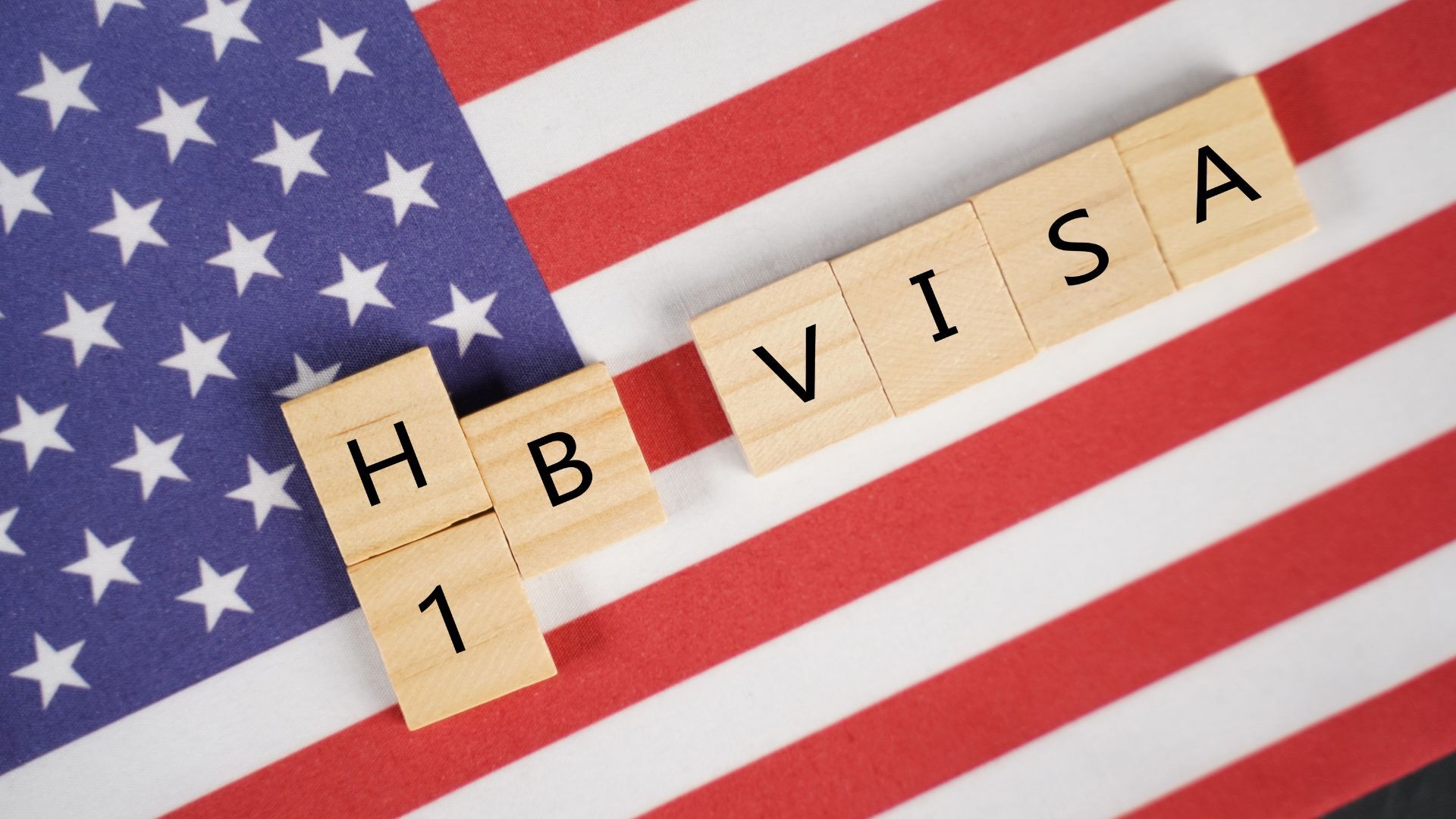After obtaining a US degree, finding a job while on OPT (Optional Practical Training) is the most difficult task. Whether you are aiming for long-term immigration goals like an H-1B or green card, or simply want to gain valuable U.S. work experience, the article walks you through everything you need to know to make the most of your OPT period and avoid visa pitfalls.
Table of Content
- What Is OPT and Who Is Eligible?
- Timeline: How to Maximize Your Job Search Window
- What Kind of Jobs Can OPT Students Do?
- What If I Can’t Find a Job Within 90 Days?
- Resources to Find a Job While on OPT
- Final Tips

1. What Is OPT and Who Is Eligible?
OPT, or Optional Practical Training, is a benefit of the F-1 student visa that allows international students to work in the United States for up to 12 months in a field directly related to their major. Students in STEM (Science, Technology, Engineering, and Mathematics) fields may be eligible for a 24-month extension, giving them up to 36 months of work authorization.
To be eligible for OPT, you must be in valid F-1 status and have completed at least one academic year in the U.S. You must not have used 12 or more months of full-time CPT (Curricular Practical Training), and you must apply for OPT within the window that starts 90 days before and ends 60 days after your program end date. Once approved, you’ll receive an Employment Authorization Document (EAD card) from USCIS that officially allows you to begin working.
2. Timeline: How to Maximize Your Job Search Window
The earliest you can apply is 90 days before your I-20 program end date. After your program ends, you have a 60-day grace period to submit your application. Once your school’s DSO (Designated School Official) recommends OPT in SEVIS, you must submit your application to USCIS within 30 days.
You can choose a start date for your OPT that falls within the 60 days after your program ends. However, regardless of your preferred date, your actual start date will be determined by USCIS and printed on your EAD card. Once your OPT becomes active, a 90-day unemployment clock begins. This is the time you have to find qualifying employment before your F-1 status is at risk.
2.1 Unemployment days during OPT
F-1 students on OPT are allowed up to 90 cumulative days of unemployment. That means from the moment your OPT starts, every day you are not engaged in qualifying employment counts toward this limit. If you exceed 90 days without securing a job, you will be considered out of status and may be required to leave the U.S. immediately. This could also affect your future visa or green card applications.
For students on STEM OPT, the total allowable unemployment period extends to 150 days across the full 36-month period. It’s crucial to keep your SEVIS record updated by reporting all employment information to your school. You should also log into your SEVP Portal regularly to confirm that your job status is up to date and accurate.
2.2 Why are there 2 grace periods during OPT?
OPT comes with two grace periods: one before and one after OPT. After your program ends, you have 60 days to apply for OPT and prepare to begin working. Once your OPT expires, there’s another 60-day period to prepare for departure, change status, or start a new program.
If your employer submits an H-1B petition before your OPT ends, you may qualify for a "Cap-Gap Extension," allowing you to legally stay in the U.S. until next year's April 1st (new H-1B policy activated from this year) and even continue working until the H-1B becomes effective on October 1. However, if your H-1B is denied and your OPT has already expired, the 60-day grace period begins immediately, and you must stop working.
Maximize your Job Hunting period with opt
Let's break down to a case example:
-
The earliest day of applying for an OPT: Mar 2nd 2025
-
Last day of applying for an OPT: July 29th 2025
-
Offer received or not
-
If Andy gets his offer before his graduation, he can set his first day of OPT on May 31st 2025.
-
If Andy has not secured a job, to maximize his job hunting time, he can set his first day of OPT on July 30th, 2025, then he will have up to 150 days to secure a job after graduation.
-
3. What Kind of Jobs Can OPT Students Do?
The good news is that OPT is relatively flexible as long as your job is directly related to your major. You can work full-time or part-time. The job may be paid or unpaid, as long as it meets professional standards. You can work for a company, a startup, a nonprofit, or even be self-employed—yes, starting your own company is allowed under OPT, as long as you can prove it’s active and related to your studies.
It’s important to note that students on STEM OPT are subject to stricter requirements. They must be employed by an E-Verify-enrolled company, and their job must be paid. Volunteer work and self-employment are not allowed under STEM OPT.
4. What If I Can’t Find a Job Within 90 Days?
If you're nearing your 90-day unemployment limit and still don’t have a job offer, don’t panic, there are still viable options. First, consider applying to small and medium-sized companies. While big tech and well-known firms are attractive, smaller businesses often have more flexibility and quicker hiring processes.
You can also pursue unpaid internships or volunteer work that aligns with your degree. These are legally acceptable under the first year of OPT. Another option is to register a company and work as a self-employed contractor, provided your business activities match your academic background.
If none of these work, consider re-enrolling in a higher degree program to regain F-1 status and apply for a fresh round of OPT in the future. Alternatively, enrolling in a Day 1 CPT program can allow you to work legally while continuing your education without a long gap in employment.
-
Apply to small and medium-sized companies—less competition, more flexibility.
-
Accept unpaid or volunteer roles—as long as they’re related to your field and meet legal standards.
-
Consider self-employment—you can start your own business, but consult an immigration attorney first. (Read More>)
-
Return to school—you can start a new degree and get a fresh round of OPT.
-
Transfer to a Day 1 CPT program—this allows you to continue working legally while pursuing further education.
-
Avoid illegal “OPT arrangement” companies—fraudulent employment will hurt your H-1B and green card chances.
-1.png?width=600&height=600&name=Copy%20of%20Day%201%20CPT%20(3)-1.png)
5. Resources to Find a Job While on OPT
The key to success on OPT is preparation and persistence. Here are trusted platforms and strategies:
Job Boards:
-
LinkedIn
-
Indeed
-
Handshake (for university students)
-
ZipRecruiter
-
Glassdoor
-
Monster
-
CareerBuilder
Volunteer/Internship Opportunities:
-
VolunteerMatch
-
Idealist
-
Catchafire
-
Chegg Internships
-
Networking: You can contact your home country's cultural associations, embassy, alumni and more to see if they are 501(c)(3) organizations that can offer non-paid or paid opportunities.
These platforms can help you find short-term opportunities that count toward your OPT employment requirements while you search for your dream job.

6. Final Tips: Be Proactive and Strategic
OPT is one of the most generous and flexible ways for international students to gain U.S. work experience. But the clock starts ticking fast, and once it’s up, your options narrow. Plan early, keep your documents in order, and always communicate with your school’s DSO.
If you're struggling to land a job, stay open-minded. Accept contract work, pursue internships, or explore volunteer roles. Keep in mind that even small jobs build your resume, extend your legal stay, and may lead to more stable opportunities.
Lastly, remember that OPT is not just a work permit; it’s your bridge to the future. Whether you hope to transition to an H-1B, apply for a green card, or build international experience before heading home, how you use your OPT year could shape your next chapter.
Need help choosing a reliable program that supports your work and study goals?
🌟 Book a free Day 1 CPT consultation with our team. We're here to help!
You May Also Like
These Related Stories

How to find a job while on CPT?

H-1B Stamping Options Explained
-Sep-22-2025-06-52-15-5745-PM.jpg)
.jpg?width=1200&height=400&name=Refer%20us%20to%20your%20friend%20and%20Earn%20$200+%20Bonus%20(1).jpg)
%20(1).jpg?width=288&height=480&name=%E9%87%8E%E7%81%AB%E4%B8%8A%E5%B2%B8%E7%BE%A4%E4%BA%8C%E7%BB%B4%E7%A0%81%20(600%20x%201800%20px)%20(1).jpg)
No Comments Yet
Let us know what you think